Lateral Collateral Ligament Complex
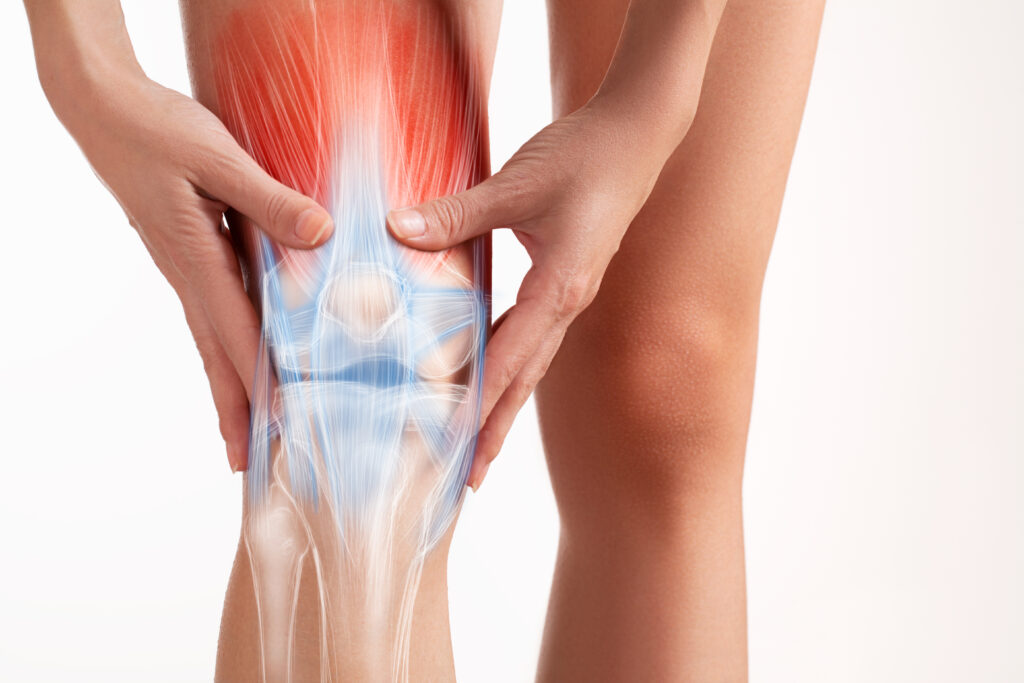
By Chris Fletcher
So you have started to get excited about playing the leg game, and you are trying to avoid a sweep in 50/50, but suddenly you and your partner hear a pop on the outside of your knee. Often the pop does not hurt, however, you could have done some serious damage to your lateral collateral ligament (LCL). In Jiu-Jitsu competition, the second most injured area is the knee and roughly half of all knee injuries were to the LCL. Jiu-jitsu practitioners are more likely to tear the LCL and anterior longitudinal ligament (ALL) because of the prevalence of positions that put the knee in a bent position with pressure from the outside of the knee to the inside (varus-flexion position). (1) This has been recently termed the lateral collateral ligament complex (LCLC).
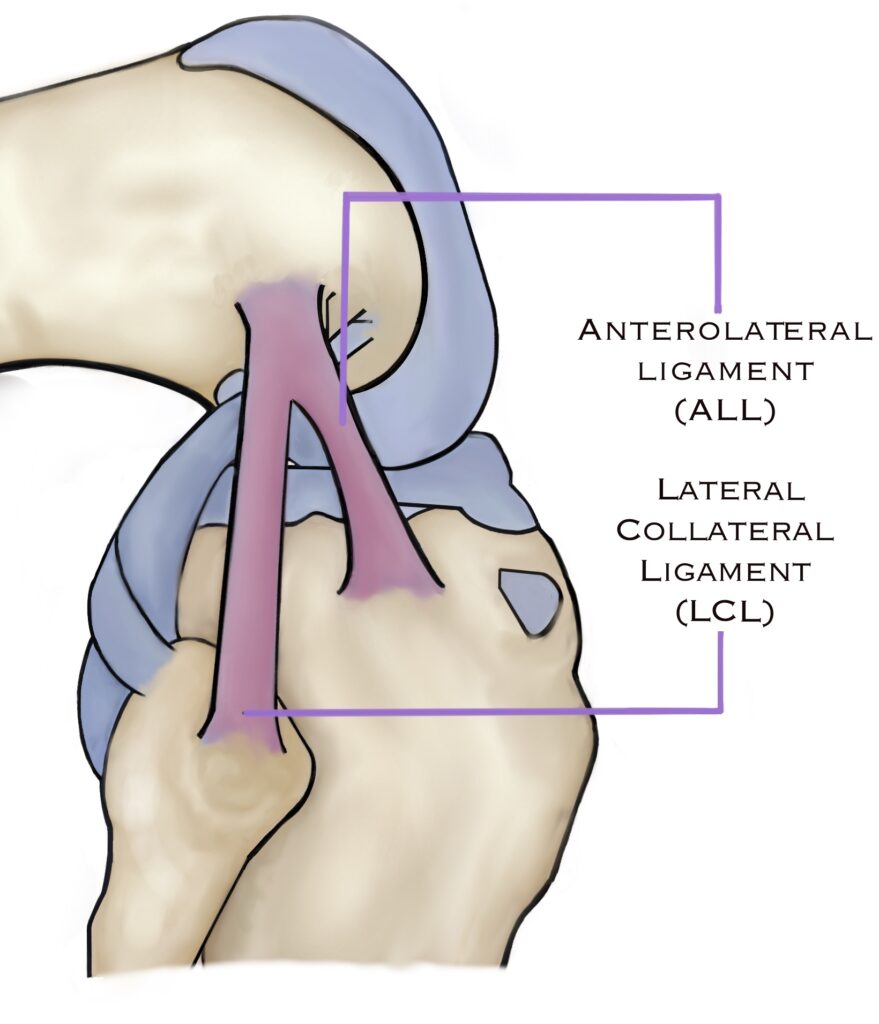
The knee has four major ligaments: the anterior cruciate ligament (ACL), posterior cruciate ligament (PCL), the medial collateral ligament (MCL), and the lateral collateral ligament (LCL).
The LCLC is often damaged by direct contact to the inside of the knee, poor landing technique from a throw or takedown, or the knee being twisted while the foot is stationary. In Jiu-Jitsu, positions that are particularly risky for the LCLC are 50/50 guard, De La Riva guard, and submissions like the gogoplata. (1)
Ligament sprains have three grades:
Grade I – mild tearing of ligament, very little loss of motion or strength, no feeling of instability
Grade II – Partial rupture of the ligament and possible audible pop at time of injury, may or may not have swelling, some feeling of instability
Grade III – complete rupture of the ligament or the ligament has pulled off the bone, feeling of instability, swelling, and loss of function.
LCL injuries are diagnosed with an MRI and they are often treated conservatively with rest, knee bracing, and physical therapy for range of motion and strengthening, with a return to competition within four to six months in the cases of a grade II sprain and sooner if a grade I. If conservative treatment fails, LCL will often need to be surgically reconstructed as, if left untreated, it will lead to chronic instability and pain. Most often, surgical reconstructions are performed with the semimembranosus tendon either taken from the patient or a cadaver. Patients are often non-weight bearing for about six weeks after surgery with restrictions on moving the knee in/out or rotation, they will then receive physical therapy for the next several months in order to restore range of motion and strength, with return to sporting activities at six to nine months after surgery.(2)
So the next time you are playing 50/50 or De La Riva, be aware that those positions can put stress on the LCL. If you hear a pop, sit the rest of class out and get your knee looked at by your doctor or physical therapist.

Our printed magazine is full of extraordinary women with extraordinary stories, get your printed copy via mail today >




 Return to Play
Return to Play 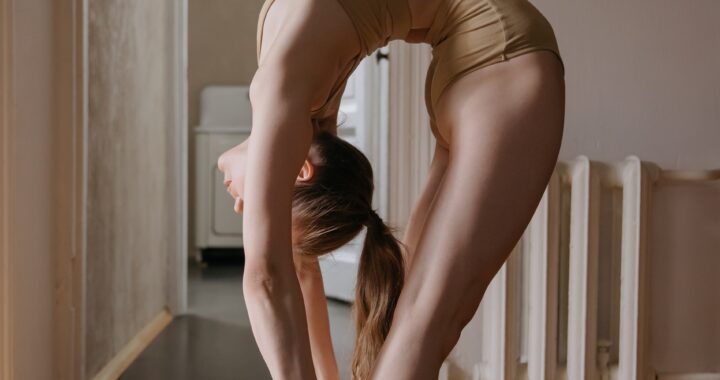 Hypermobility Spectrum Disorder
Hypermobility Spectrum Disorder 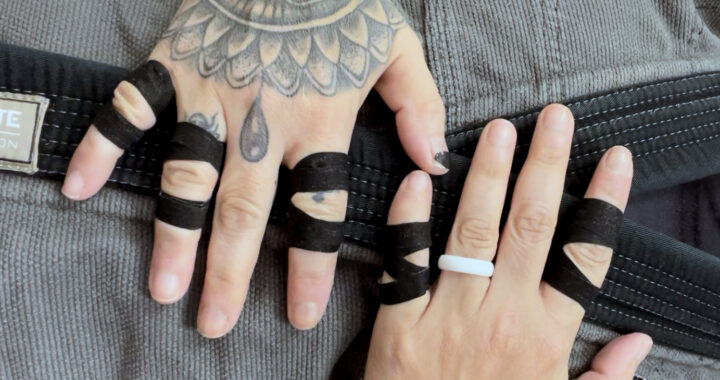 Finger Pulley Injuries and the Value of Taping
Finger Pulley Injuries and the Value of Taping 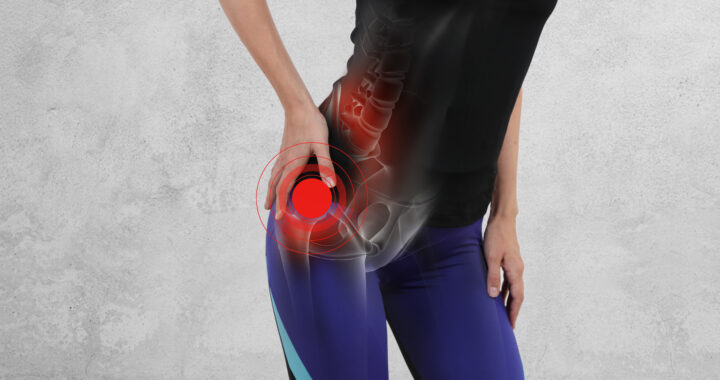 Hip Pain and the Sneaky Tensor Fasciae Latae
Hip Pain and the Sneaky Tensor Fasciae Latae  Low Back Pain
Low Back Pain 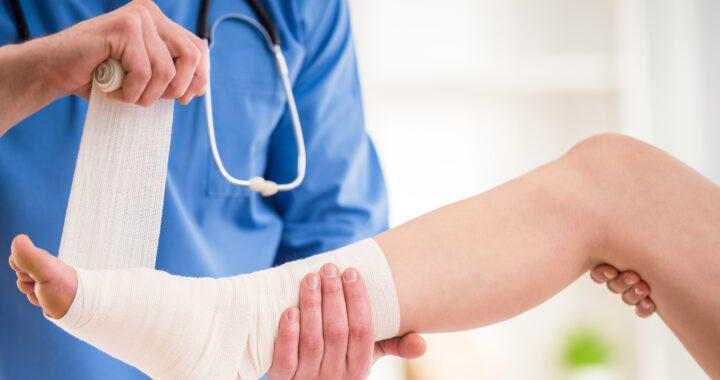 Toe Hold
Toe Hold 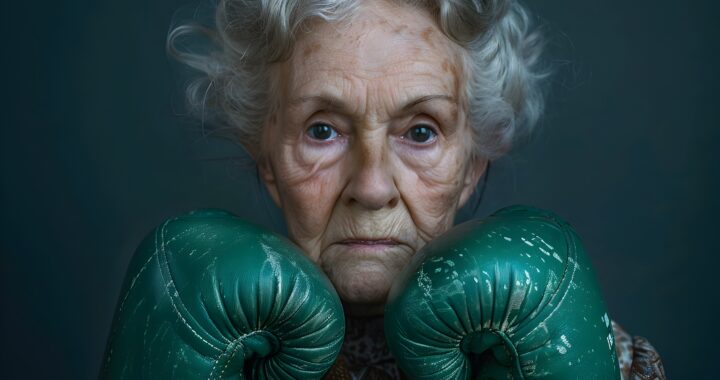 Father Time is Undefeated
Father Time is Undefeated 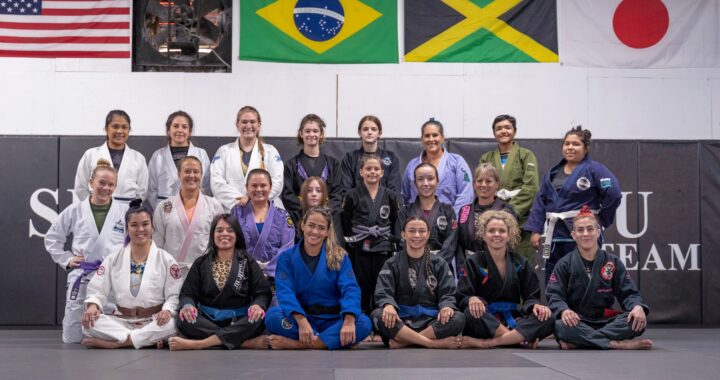 The Jiujiteira Sisterhood
The Jiujiteira Sisterhood 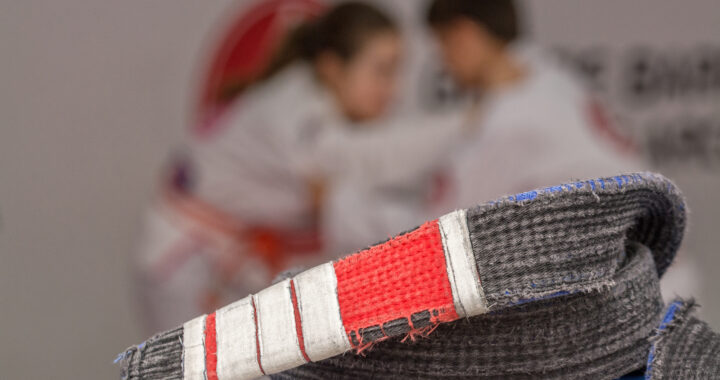 Advice in the Ranks- From White to Black
Advice in the Ranks- From White to Black  ADGS Rome: Jiujiteiras Shine in the Land of the Colosseum
ADGS Rome: Jiujiteiras Shine in the Land of the Colosseum